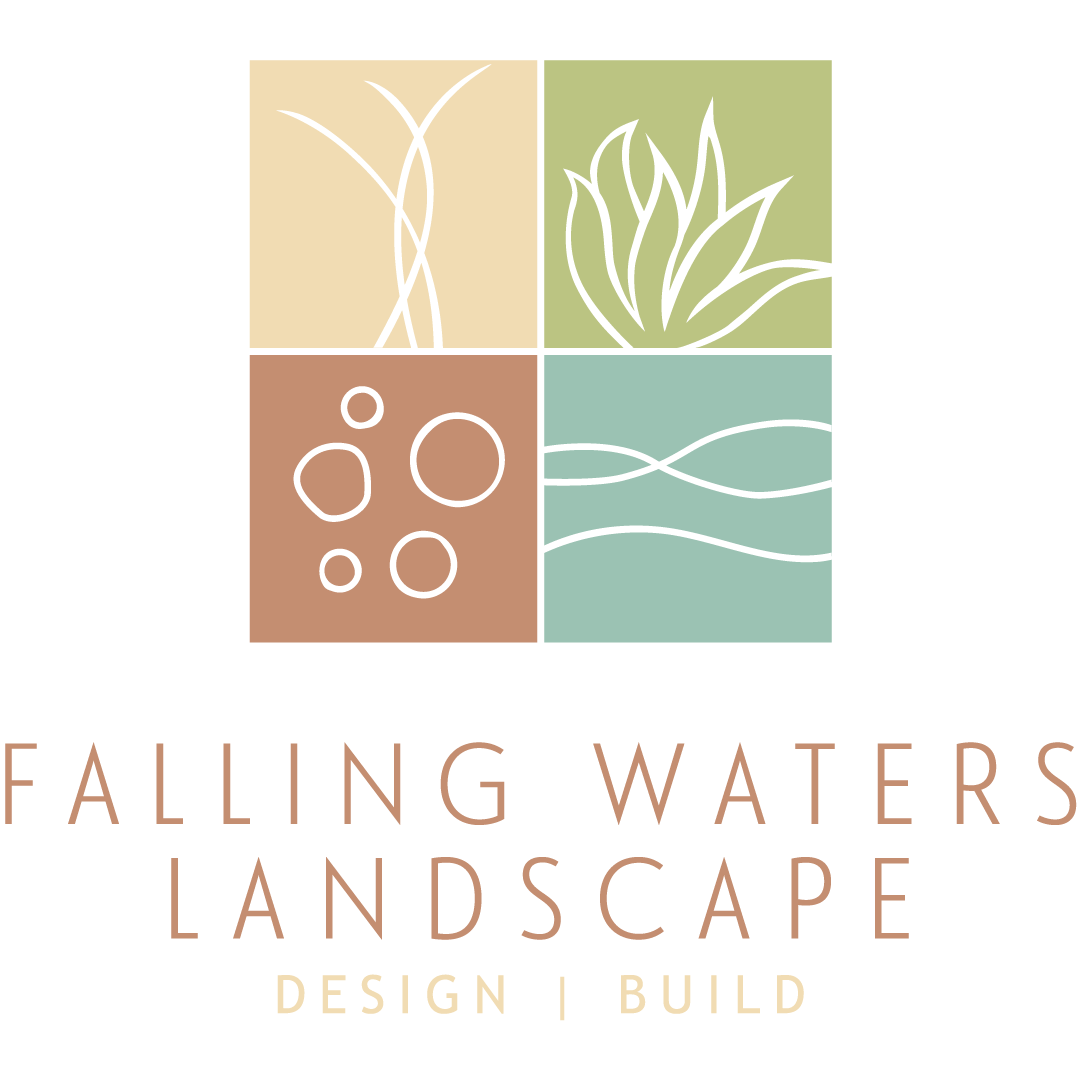TO SEE IS TO REMEMBER || Using the senses to make a landscape authentic
Would you rather, not have your sense of smell for the rest of your life or not be able to see?..
Well then would you rather not have your sight for the rest of your life or not be able to taste?..
Unless you are a foodie like me, most people value sight above all other senses. It is a security net, a memory receiver, and the main way that we absorb the world around us. The eye’s reception dominates our sensory experience. Visuals control our feelings and moods. We can feel energetic and playful in a crowd full of lights and people or feel peaceful and blissful looking at the waves crash against the shore.
Forms of entertainment have evolved because of our desire to see the new, the obscene, the different. Movies, theatre, books, and games are all based around our ever-evolving culture of visual stimulation. We need more of it and at a faster rate, as seen in the new Netflix show popping up on our television screens every week. Ironically, even though we put so much value into keeping memories alive through visuals like pictures, it is the least efficient sense for retaining memory. Smell and taste have the power to bring a memory out from deep storage and transport someone back to the exact moment. We are not always aware of it, but every sense that we are exposed to imprints into our mind, creating experiential connections to people and places.
Society has trended towards feeding the ocularcentric lifestyle that has controlled much of people actions, decisions, and experiences. We have put value on visuals more than any other experience. This has lead to much of the design of the developed world to be non-meaningful and superficial scenes that catch the eye. Tourism has evolved to become one of the most destructive threats to local cultures and identities. When people travel they have a “scene” that they are expecting and if they see anything different, like a little boy with just skin and bones on the streets of Jamaica, they are shocked because they expected crystal blue waters and a lush paradise like their pamphlet displayed. (Insider tip: look up ecotourist vacations when planning your next trip, these tours will immerse you into the culture and landscape creating a more authentic experience).
To counter this trend, designers must not only catch the eye, but alternatively keep the attention as well. The designs of memorials have been able to do this exceptionally well. In their construction, the designers motive is to capture the memory of the person or persons being commemorated but also try to create a lasting impact on the visitors as well. They tell a story that is not just written on a piece of paper and framed on a wall, but these memorials allow the visitor to discover on their own and in their own sensory way what happened years ago.
For more of a read on this theory of sensory deprivation please see the article below by Jacky Bowring, where most of the ideas of this article came from.

